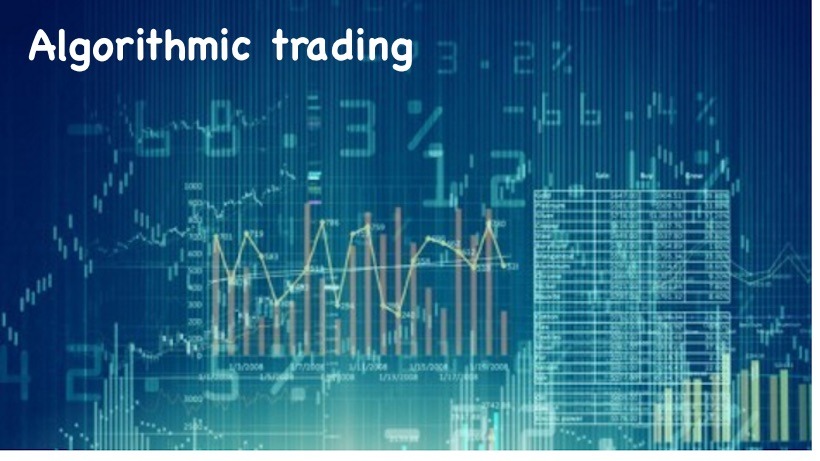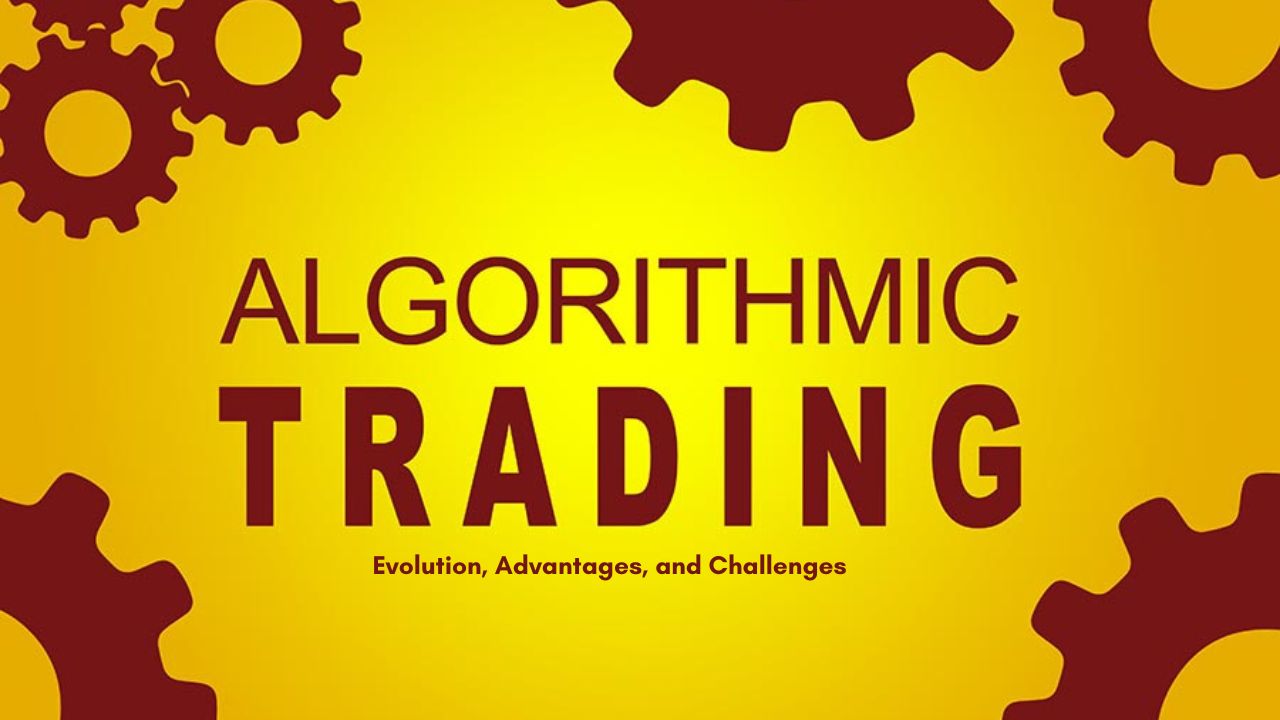Algorithmic Trading: Algorithmic trading is a system of trading securities in the stock market in which trading decisions are made using advanced mathematical tools and complex algorithms. An algorithm is a computer program that consists of a series of steps to solve a problem. It is a trading mechanism in which technology dominates the decision-making part and human intelligence does not have to worry about buying and selling decisions. Algorithmic trading is also called algo trading, black-box trading.
Also, check- Import Export Code (IEC) in India.
Quick Links
Development:
Algorithmic trading was developed to meet the needs of institutional traders who are engaged in trading large volumes of securities. These large volume orders will be divided into small lots allowing algorithms to execute orders in fractions of seconds. Most algorithmic tools are developed to get the best possible price.
Edge provided by Algorithmic Trading:
The biggest advantage of algorithmic trading is that the decisions are made by the system within milliseconds thereby helping the trader to take advantage of any profit-making opportunity in the market before any human intelligence (manual) can spot it. With the rapid advancements in the field of machine learning and artificial intelligence (AI), algorithmic trading is becoming increasingly popular.
The system is designed in such a way that a set of instructions fed into the pre-programmed algorithm will find and place a trade order, thereby making profits at a speed that is not possible in manual trading. This set of instructions is based on various parameters like the price of the security, volume, time, etc.

Must Read –Devaluation of Currency.
Algorithmic trading involves huge initial investment to develop and acquire a technology that can execute the largely bulky transactions within fractions of a second. But the transactions costs in algo trading are much lower than the manual trading.
The possibility of making wrong decisions is very high in case of manual trade which may involve a variety of emotional and psychological factors at times. Unlike this, algo trading eliminates the risk of making bad trade decisions driven by human emotions as the computer programs follow the set of pre-programmed instructions to carry out the trade no matter what the investor’s instinct is in the market.
Challenges associated with algorithmic trading:
- Although it seems to be an attractive trading method to make money without much effort, the challenge is the volatility involved in algorithmic trading. During chaotic conditions in the market such as the declaration of open threats by the US and DPRK, and the volatile mood of Kim Jong Un who can destabilize the global financial market with his nuclear programs, the algorithms will immediately follow the market conditions and place a large amount of heavy orders leading to the prevailing chaos, ultimately resulting in extreme volatility in the market.
- Transactions in algo trading happen at a very fast pace. This means that a faulty bug or wrong instruction programmed to execute an order can cause huge losses in a very short period.


